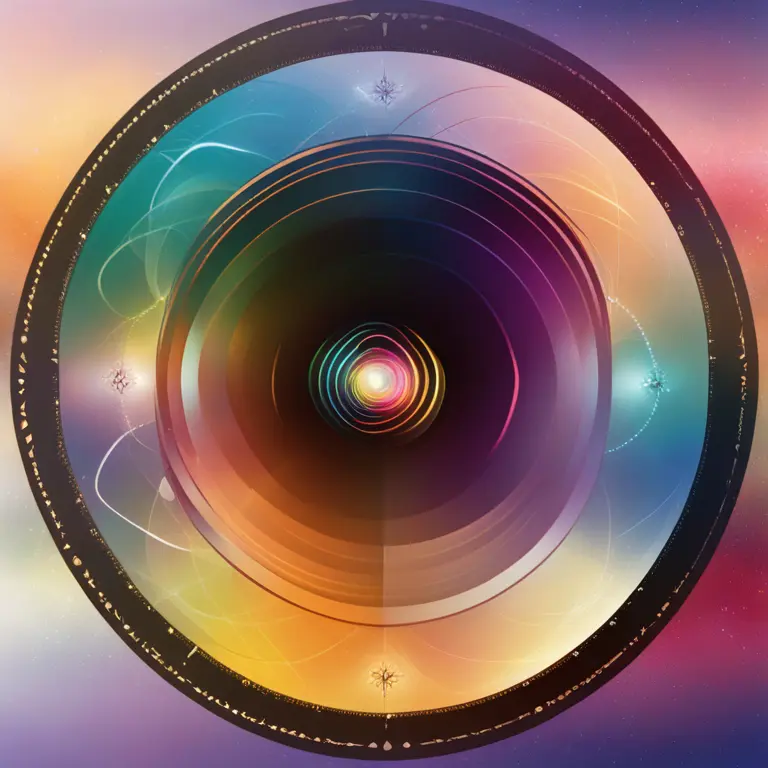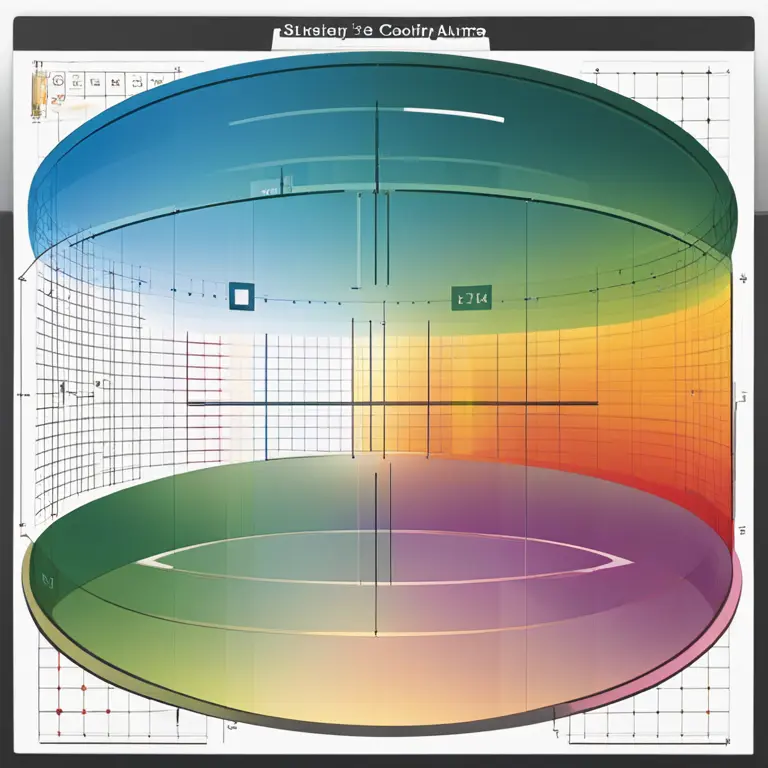
Calculating Biorhythms: A Guided Overview
Discover the process behind biorhythm calculations and understand your natural cycles for well-being and decision-making.
article by Adrian Wallace
Introduction to Biorhythms
In the realm of holistic well-being, biorhythms play a fascinating role. They are thought to be natural cycles that regulate various aspects of our physical, emotional, and intellectual faculties. Originating from the early 20th century, the concept of biorhythms proposes that our lives are influenced by rhythmic biological cycles. It's crucial to recognize that while not scientifically proven, many individuals find personal value in tracking their biorhythms as a tool for self-awareness and planning.

The Three Primary Cycles
Biorhythms consist of three primary cycles: the Physical (23 days), Emotional (28 days), and Intellectual (33 days) cycles. Each cycle is calculated from your birth date and is said to oscillate in a sine wave pattern between positive and negative phases, with the day of one’s birth marking the beginning of these cycles. The Physical cycle is believed to affect one’s endurance, strength, and vitality. The Emotional cycle supposedly influences mood, creativity, and perception, while the Intellectual cycle is thought to impact analytical thinking, reasoning, and learning abilities.

Calculating the Cycles
To calculate an individual's biorhythms, one must consider the number of days since birth and the specific cycle lengths. For example, to determine where you are in your Physical cycle, you would calculate the remainder of your age in days divided by 23. This value corresponds to a point on the Physical sine wave, indicating whether you're in a high, low, or critical phase. Similarly, calculations for the Emotional and Intellectual cycles follow the same pattern, using their respective cycle lengths of 28 and 33 days.

Significance of the Phases
Each cycle phase holds its purported significance. A positive phase suggests a time of strength and clarity in the corresponding aspect, while a negative phase might indicate a period of recovery or decreased capabilities. On days when a cycle crosses the zero line, it is in a critical phase, often considered as times of caution due to transition. It's important to note that these interpretations are subjective, and many people reference biorhythms in conjunction with other personal development tools.

Biorhythms in Decision-Making
Proponents of biorhythms believe that being aware of one's cycles can assist in making more informed decisions. For instance, planning intense activities during a positive Physical cycle could be advantageous, as one may feel more energized. During a negative Intellectual phase, complex problem-solving might be more challenging, and it might be wise to postpone such tasks. While these approaches offer insights, it’s also crucial to use common sense and not solely rely on biorhythms for life decisions.
Biorhythms Beyond 2024
Looking into the future, particularly from 2024 onward, a heightened interest in personal wellness trends may cast a renewed spotlight on biorhythms. As individuals seek to align their lives with their natural cycles, we could witness a resurgence in tailor-made horoscopes and astrological forecasts that include biorhythmic considerations. This integrative approach might pave the way for a more nuanced appreciation of the interplay between the cosmos and our own biorhythmic patterns.
Published: 1/30/2024
Modified: 1/30/2024
More predictions
Come back here soon to learn more about yourself and your future


The Art of Biorhythm Reading: Embrace Your Cycles
Delve into the fascinating world of biorhythm reading to align with your natural life cycles for improved well-being and foresight.


The Biorhythm Phenomenon: A Scientific Inquiry
Is biorhythm truly a scientific concept? Dive into the details of this intriguing theory and discover the extent of its scientific foundations.


The Essence of Biorhythms: Physical, Emotional, and Intellectual Cycles
Discover the science of biorhythms and understand how they influence physical, emotional, and intellectual states throughout our lives.